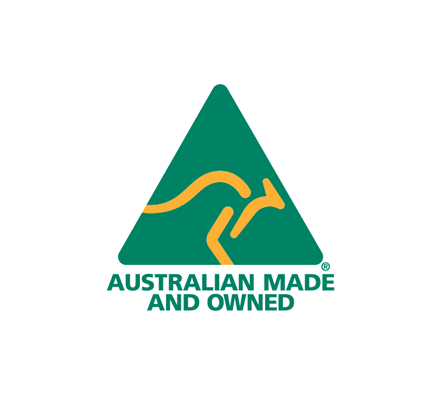Craving a taste of dairy without the discomfort? Smart substitutes and Lactase pills open up a world of possibilities for those with lactose intolerance. With these alternatives and clever substitutions, relishing the richness of dairy becomes feasible without compromising digestive health or requiring you to embark on a dairy-free diet. By grasping the lactose content of different dairy items, you gain the power to select options that suit your dietary requirements.
Understanding the nuances of lactose content in various dairy products empowers you to make choices that align with your dietary needs, proving that living with lactose intolerance doesn’t mean sacrificing flavour and variety. Follow our tips for how to eat dairy when lactose intolerant.
The easiest way to manage your lactose intolerance and eliminate the need to restrict your diet to only consuming lactose free foods is to take lactase tablets. You simply take 1-2 tablets immediately before consuming foods that contain lactose. This increases the levels of lactase enzymes in your digestive system and assists the digestion of foods that has lactose – allowing you to enjoy dairy without any of the unpleasant symptoms associated with lactose intolerance such as gas, bloating, diarrhoea and abdominal discomfort. Please note that lactose intolerance is sometimes called dairy intolerance, so taking lactase pills also eliminates the need to avoid foods when you have a dairy intolerance.
Consuming dairy for lactose intolerant people can be stressful if you are not taking lactase enzyme pills. However the following tips and list of dairy foods for lactose intolerance may help minimise symptoms and your worries:
- Consume smaller servings of dairy at a time. It is better to have several small servings spread out over the day rather than one larger serving. By doing this you will still receive the vital nutrients from dairy while minimising unpleasant symptoms.
- Eat dairy with other foods: This will slow the passage of the dairy through the gut and allow your body’s supply of lactase enzymes more time to work.
- Use lactose free foods wherever possible. If you don’t like the taste of commercially bought dairy products for lactose intolerance or find them too expensive, you can make your own lactose free food such as milk, butters, ice creams and cheeses using Lacteeze Drops. Lacteeze Drops reduce the lactose content of liquid dairy products. This involves pre-treating the dairy with Lacteeze before consumption.
- Milk for lactose intolerant people can be tricky. Opt for full cream milk over skim or low fat milk. This is the best dairy for lactose intolerance as the fats in full cream milk slow down the passage of the milk through the digestive system, allowing lactase enzymes more time to break down the lactose. Skim milk contains more lactose than full-cream milk, and low fat milks travel quickly through the gut so are less well tolerated than full cream milks. There is no such thing as lactose intolerant milk only Lactose free milk which can be made at home using Lacteeze Drops as previously mentioned.
- Cultured yoghurt may be well tolerated as it contains enzymes which help break down the lactose.
- Hard and more mature cheeses such as cheddar, Edam, Swiss, mozzarella, and feta generally contain very little lactose and are well tolerated dairy products for those with an intolerance.
- Lactose can be found in many processed foods such as baked goods, desserts, cheese sauces, breakfast cereals and milk chocolate. For people with lactose intolerance it is important to check the ingredients of milk products for ingredients such as whey, milk solids or milk sugars.
Calcium-Rich, Foods For Lactose Intolerance
If you are embarking on a dairy free diet, the following calcium-rich, foods for a lactose free diet will help maintain your calcium levels:
- Soy milk (fortified) including soy yoghurts
- Sardines
- Salmon (canned with bones)
- Broccoli
- Orange Juice (fortified)
- Chard or Okra
- Dandelion Greens
- Tofu
- Tuna
- Almonds
- Rhubarb
- Oatmeal (fortified) and
- Bread (whole wheat, fortified).
Many medications including some antihistamines contain lactose and this may not be marked on the label. If you are sensitive to dairy and suspect you are dairy intolerant, ask your doctor or pharmacist to check the fillers used in your medications. If you do find a medication is causing your digestive upset, taking Lactase tablets immediately before taking the medication will reduce or eliminate your symptoms.
Lactose is also an ingredient in many weight loss and sports supplements. Again using Lactase pills such as Lacteeze tablets prior to consuming the supplement, or Lacteeze Drops to reduce the lactose in liquid products, works well if these supplements are part of your diet.
It’s essential to listen to your body and find what works best for you. If you have concerns about your diet or experience persistent symptoms, it’s advisable to consult with a healthcare professional or a registered dietitian for personalised advice. They can help you create a balanced and enjoyable diet with appropriate foods for lactose intolerance that also meets your nutritional needs whether you’re eating dairy free or not.






